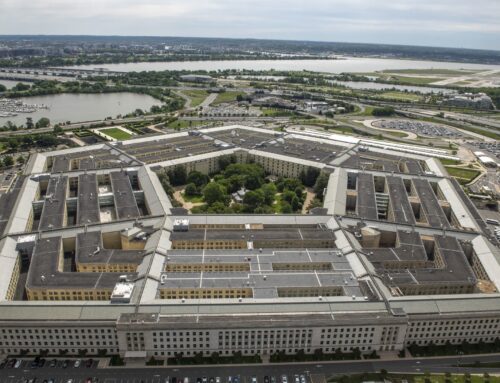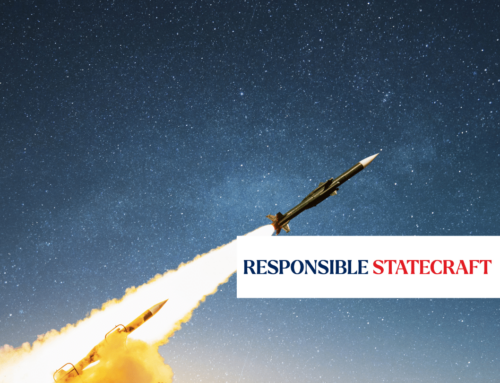The story of a new billion-dollar defense boondoggle is eerily familiar. The competition for the Air Force’s multi-billion dollar Combat Search and Rescue helicopter (CSAR-X) contract to replace an aging aircraft system was decided in favor of a model that costs billions more than alternatives and doesn’t meet the basic needs of the military. It’s the same song, just a different dance.
Last year, Boeing was crowned as the victor in a competition to produce 141 of these helicopters, even though when all is said and done Boeing’s model will cost $3 billion more to produce and operate than the lowest competitor’s bid. And it still won’t meet our military needs.
Does that ring a bell? It should: Boeing was given a $30 billion sweetheart contract six years ago to lease tankers to the Air Force despite the fact that the aircraft to be replaced were still serviceable. They even changed the requirements for the program in response to suggestions made by Boeing officials. That contract created a scandal that eventually sent high-level officials at Boeing and the Air Force acquisition office to prison. And the program is still being rebid.
In the case of the CSAR-X, Boeing bid against Lockheed Martin and Sikorsky to build the successor to the HH-60 Pave Hawk, used to swoop down into enemy territory and snatch wounded soldiers. Boeing’s offering, a variant of the Chinook helicopter called the HH-47, is larger and heavier than the helicopters pitched by the two other companies, slowing it down. It also has a number of features that make it unsuitable for the search-and-rescue mission, such as two rotors that kick up dust and make noise—not the best for sneaking around desert terrain.
So how did Boeing get the contract? A recent investigation by our good friends at the Project on Government Oversight (pdf) found the Air Force improperly weakened a key requirement regarding deployability before the contract was awarded. Boeing honchos met with Air Force officials in 2005 to tell them that its helicopter could not be deployed in the three-hour window the contract requirements demanded. The Air Force responded by simply lowering its demands, despite that every moment in a rescue mission can mean life or death to a stranded soldier. The simple fact is that products need to match government requirements; government requirements should not be tailored to meet pre-selected products.
The Air Force is now re-bidding the contract after the federal government’s contract arbiter, the Government Accountability Office (pdf), sustained protests by Lockheed Martin and Sikorsky (pdf). The Air Force claims it has not changed the requirements, but it has amended the Request for Proposal several times, which is where the requirements are laid out.
The DOD should place a pause on all acquisition activities for the CSAR-X program until the Defense Department Inspector General opens and finishes an investigation into CSAR-X procurement. But it shouldn’t stop there; the IG should investigate the requirement-generating process in contracting throughout all the services.
Alteration of requirements is not only a quiet way to make one contender more appealing than another, but the failure to formulate precise requirements has been blamed for many projects running over cost and budget: The Coastguard’s Deepwater project (pdf) spiraling cost is a good example. To get the best product and taxpayer value, the government needs to know what it wants—and stick to it.
For more information, contact Laura Peterson at (202)-546-8500 ext. 114 or laura [at] taxpayer.net







Get Social